Have you ever wondered if is koji vegan? Koji, a fungus cultivated on grains, serves as a catalyst in creating staples like soy sauce and miso, all while remaining plant-based. However, the question isn’t just about its vegan status, but also how it’s produced and whether any cross-contamination could occur during its preparation. Let’s explore the intricacies behind koji’s production process and how it can influence your dietary choices, potentially uncovering aspects of food production that often go unnoticed. What might you discover about your favorite vegan ingredients?
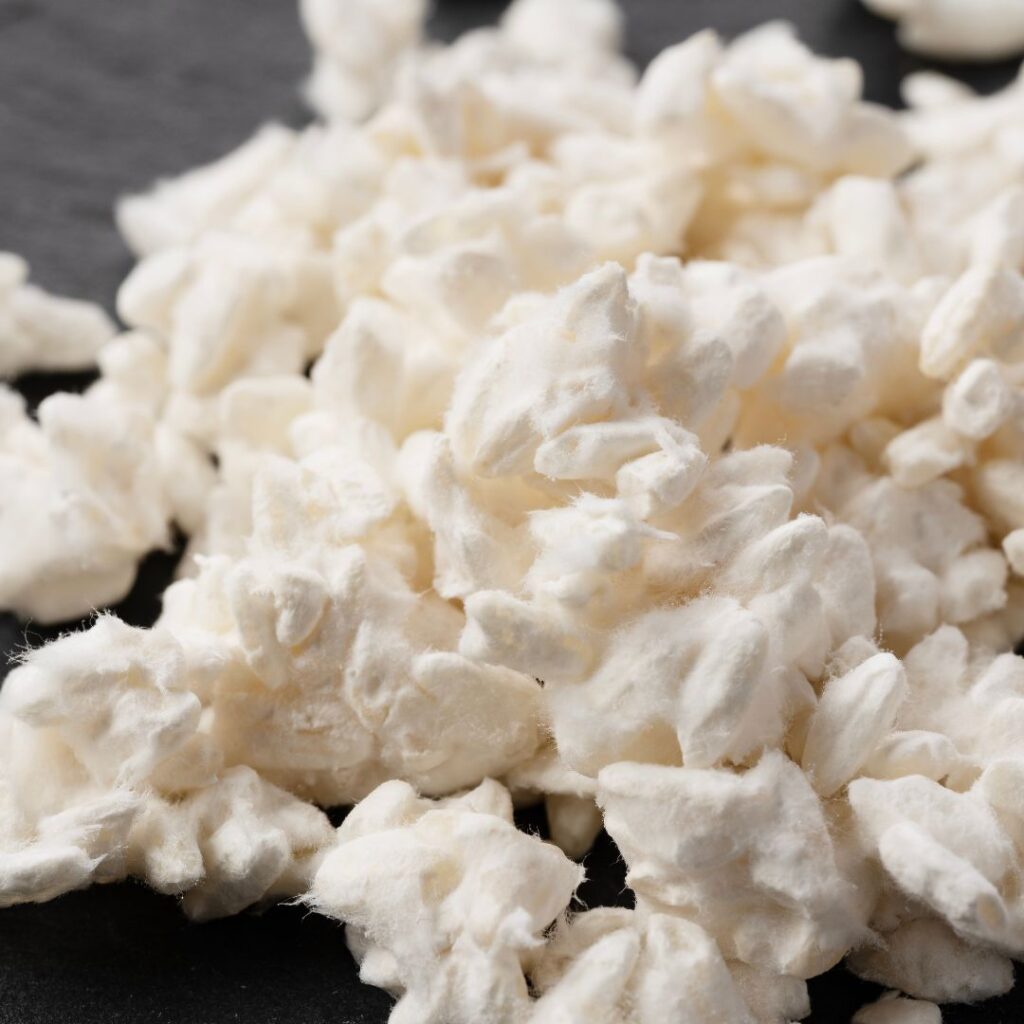

What is Koji
Koji is a grain or bean that has been inoculated with the mold Aspergillus Oryzae, a fungus domesticated for its role in fermenting various traditional Japanese foods. This mold transforms the humble ingredients into powerhouses of flavor and utility. By understanding koji, you’re wielding the key to mastering an array of Japanese culinary staples, from miso to sake.
You’ve got the ability to control the depth and umami of your dishes through this single ingredient. Koji’s magic lies in its enzymes, which break down starches into sugars and proteins into amino acids, enhancing flavors that are complex and rich. It’s not just about adding taste; it’s about transforming textures and nutritional content, making your food more digestible and healthier.
In your kitchen, using koji means you’re adopting centuries-old wisdom to elevate your cooking. It’s a sign of precision in culinary science, allowing you to tweak flavors meticulously. You’re not just cooking; you’re curating an experience.
Embrace koji, and you harness the power to manipulate flavors profoundly and naturally. It’s a tool that, once mastered, gives you unparalleled control over the culinary outcomes of your kitchen experiments.
Is Koji Vegan?
Yes, koji is vegan. Koji is a type of fungus, specifically Aspergillus oryzae, used in the fermentation process to produce various traditional Japanese foods such as soy sauce, miso, and sake. Since koji itself is a fungus and does not involve the use of animal products in its cultivation or processing, it is considered vegan. However, when using koji as an ingredient in different foods, it’s essential to check the other components of the final product to ensure they are vegan as well.
Koji Preparation Process
To prepare koji, begin by steaming your chosen grain or legume until it’s fully cooked yet firm. You’re aiming for a texture that holds its shape, as overly soft grains can inhibit proper mold growth. Once steamed, cool your grain to about 30-35°C, the ideal temperature for spore germination. This precise cooling is essential; it ensures the environment is just right for the spores to thrive.
Next, uniformly sprinkle Aspergillus oryzae spores over your cooled grains. It’s important you distribute the spores evenly to guarantee consistent mold growth across all the grains. Once you’ve inoculated them, mix thoroughly but gently to avoid crushing the grains. This mixing step is key to activating the spores.
Now, transfer the inoculated grains into a tray or container that allows air circulation. Cover lightly with a breathable cloth to protect from contaminants while still allowing airflow, which is critical for mold development. Maintain the culture in a warm, humid environment—around 30°C and 70-90% humidity—for about 48 hours. Monitor closely, adjusting temperature and humidity as needed to maintain these conditions. This level of control lets you optimize koji growth for the best flavor development in your vegan cooking applications.
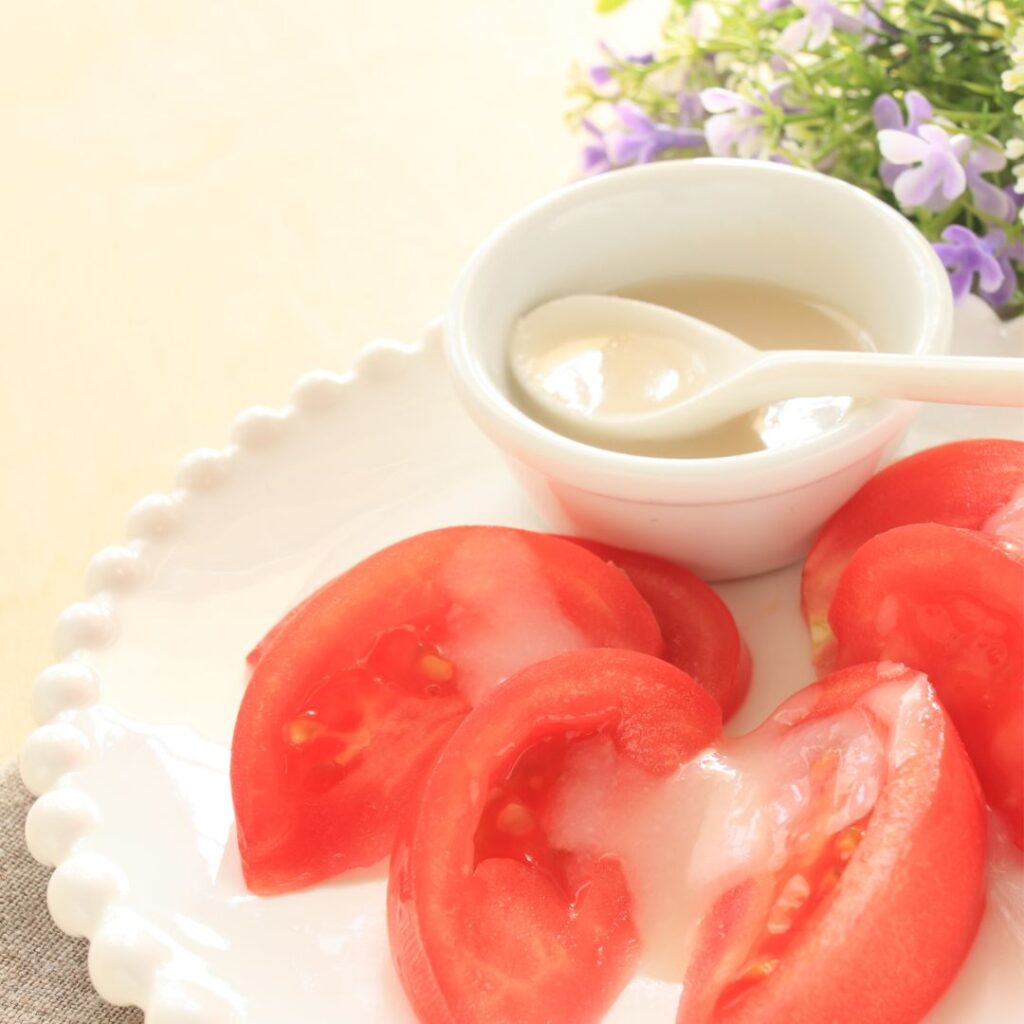

Uses of Koji in Cooking
You’ll find that incorporating koji into your recipes can greatly enhance the flavors and textures of your dishes. This powerful ingredient acts as a natural flavor enhancer, making it a must-have for your culinary experiments. By using koji, you’re in command of adding depth and umami without overwhelming your dishes with artificial additives.
Start with something simple, like marinating meats or vegetables in shio koji. This salted koji mixture tenderizes proteins and imparts a rich, savory taste that elevates your usual recipes. You’re not just cooking; you’re transforming basic ingredients into gourmet-level fare with minimal effort.
For vegans or vegetarians, koji isn’t just about flavor. It’s a gateway to replicating the dense, meaty textures and tastes often missing in plant-based diets. Imagine crafting a vegan burger that satisfies even the staunchest meat lovers, all thanks to the transformative power of koji.
Moreover, koji isn’t limited to savory dishes. Introduce it into your desserts, like ice cream or custards, to balance sweetness with subtle savory notes, creating a complex flavor profile that’ll have everyone asking for your secret.
Embrace koji in your kitchen and take full control of enhancing your culinary creations, making each dish uniquely delicious and nutritionally balanced.
Koji and Veganism
Exploring the relationship between koji and veganism reveals how this traditional Japanese ingredient can enhance plant-based diets. As you investigate the culinary world, it’s important to recognize that koji, a product of rice inoculated with Aspergillus oryzae, fits perfectly within vegan guidelines. Its origin from non-animal sources guarantees that you’re adhering to a diet free from animal exploitation.
You’ll find that incorporating koji into your meals isn’t just about following vegan principles—it’s also about taking control of your flavor palette. Koji is renowned for its ability to break down starches into simpler sugars, creating a depth of flavor, particularly umami, that’s challenging to achieve in vegan cuisine. This means you can elevate simple plant-based ingredients into complex, savory dishes without compromising your ethical standards.
Moreover, understanding koji’s role in traditional foods like miso and soy sauce gives you the power to recreate these staples in your kitchen. Opting for koji-based products or making your own ensures that you maintain control over what goes into your food, including avoiding potential non-vegan additives.
Health Benefits of Koji
Koji’s health benefits include boosting digestion due to its enzyme-rich profile, which helps break down foods more efficiently. When you incorporate koji into your diet, you’re not just enjoying its flavor-enhancing properties; you’re also making a crucial decision to improve your digestive function. The enzymes in koji, such as amylase and protease, play a significant role in breaking down complex carbohydrates and proteins. This breakdown can lead to better nutrient absorption and a smoother digestive process.
Moreover, koji generates a variety of bioactive compounds during fermentation, such as vitamins and antioxidants, which can bolster your overall health. Regular consumption of koji can contribute to a balanced gut flora, which is essential for maintaining a strong immune system and controlling inflammation. By choosing to add koji to your meals, you’re taking control over your health and wellbeing.
Allergens and Safety Concerns
When considering koji for your diet, it’s important to be aware of allergens and safety concerns associated with its consumption. Koji itself doesn’t contain any of the top 14 allergens identified by UK food standards, making it an excellent choice if you’re aiming to avoid common allergens. However, the environment in which koji is produced might carry other allergens due to cross-contamination. You’ll want to check with manufacturers about their production processes to make sure they meet your safety standards.
Moreover, while koji is safe and generally free from harmful effects, it’s essential to consume it in its intended form. Koji that’s improperly stored or past its shelf life might develop harmful molds or bacteria. Always store it in a cool, dry place and in an airtight container once opened. Keeping control over how you handle and store koji will help prevent any unwanted food safety issues.
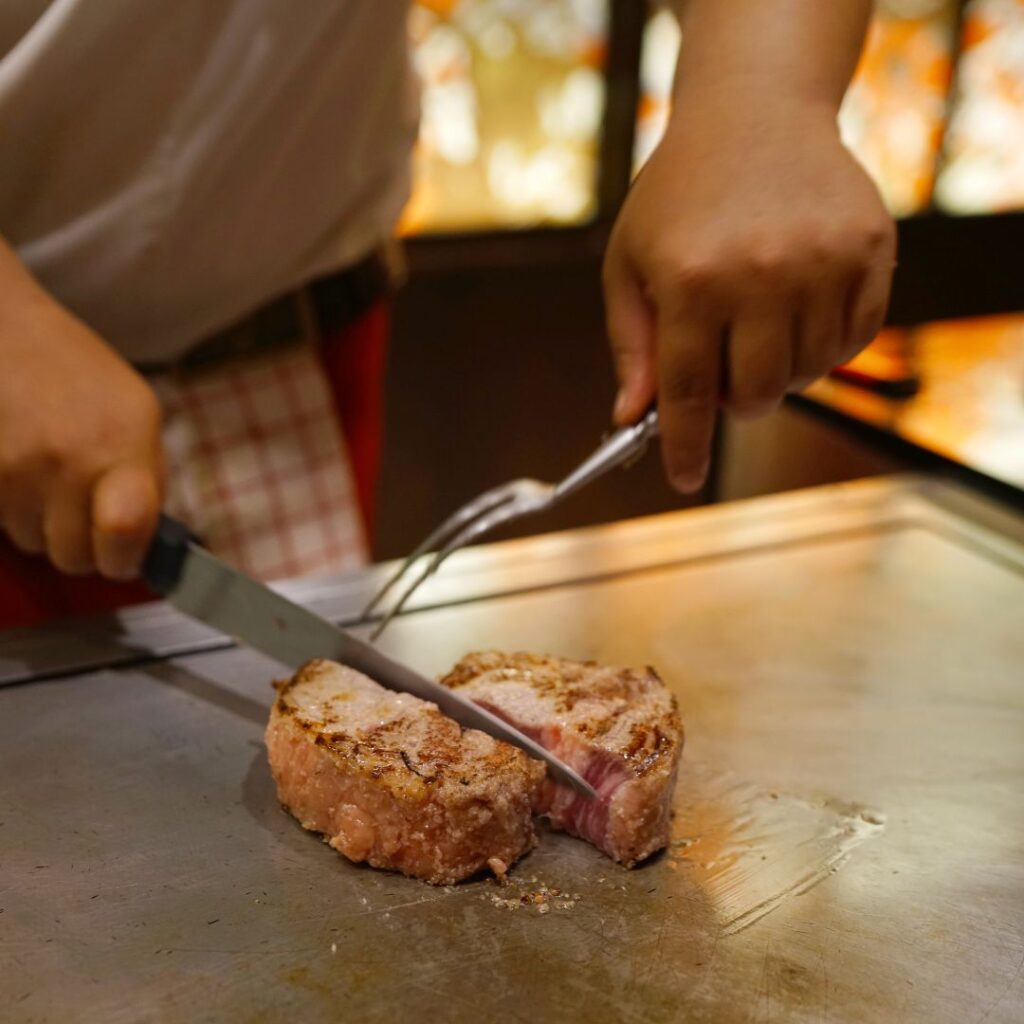

Alternative Vegan Flavorings
You’ll find a variety of alternative vegan flavorings that can add depth and complexity to your dishes without using animal-derived ingredients. Exploring these alternatives empowers you to maintain strict control over your diet while enjoying rich, savory flavors.
Nutritional yeast, for instance, is a staple in vegan cooking, offering a cheesy flavor that’s perfect for sauces, scrambles, and popcorn. It’s fortified with B vitamins, which are essential for your energy levels and overall health.
Liquid smoke provides a smoky taste, ideal for barbeque dishes or to enhance the flavor of grilled vegetables. It’s a simple way to achieve that grilled effect without any actual grilling. Tamarind paste, another robust option, can introduce a tangy sweetness to your sauces and marinades, perfect for creating complex flavor profiles.
For a burst of umami, consider tamari—a gluten-free alternative to soy sauce—or miso paste, both derived from fermented soybeans. They’re excellent in soups, stews, and glazes. Incorporating these ingredients into your cooking not only adheres to vegan standards but also puts you in charge of introducing diverse and exciting flavors to your meals.
Storing and Handling Koji
To guarantee your koji maintains its quality, store it in a cool, dry place before opening. This essential step ensures that the Aspergillus oryzae spores don’t activate prematurely, preserving the freshness and efficacy of your koji for best use in your culinary creations.
Once you’ve opened your koji, it’s important to keep it dry. Any moisture can lead to spoilage, which not only wastes your product but could also pose health risks. You’ll want to transfer the koji into an airtight container. This practice prevents any unwanted moisture or contaminants from affecting the quality. Store this container in a refrigerator to extend the shelf life and maintain the potency of the koji enzymes.
Conclusion
You’ve discovered that koji isn’t only vegan but a game-changer in plant-based cooking. It’s prepared from rice, offering a rich, umami flavor that elevates vegan dishes.
Whether you’re using it in miso or soy sauce, koji enhances your culinary creations without compromising your vegan lifestyle. Remember to check for allergies and store it properly to maintain its quality.
With koji, you’re not just cooking; you’re crafting delightful, ethical meals that are both healthy and delicious.


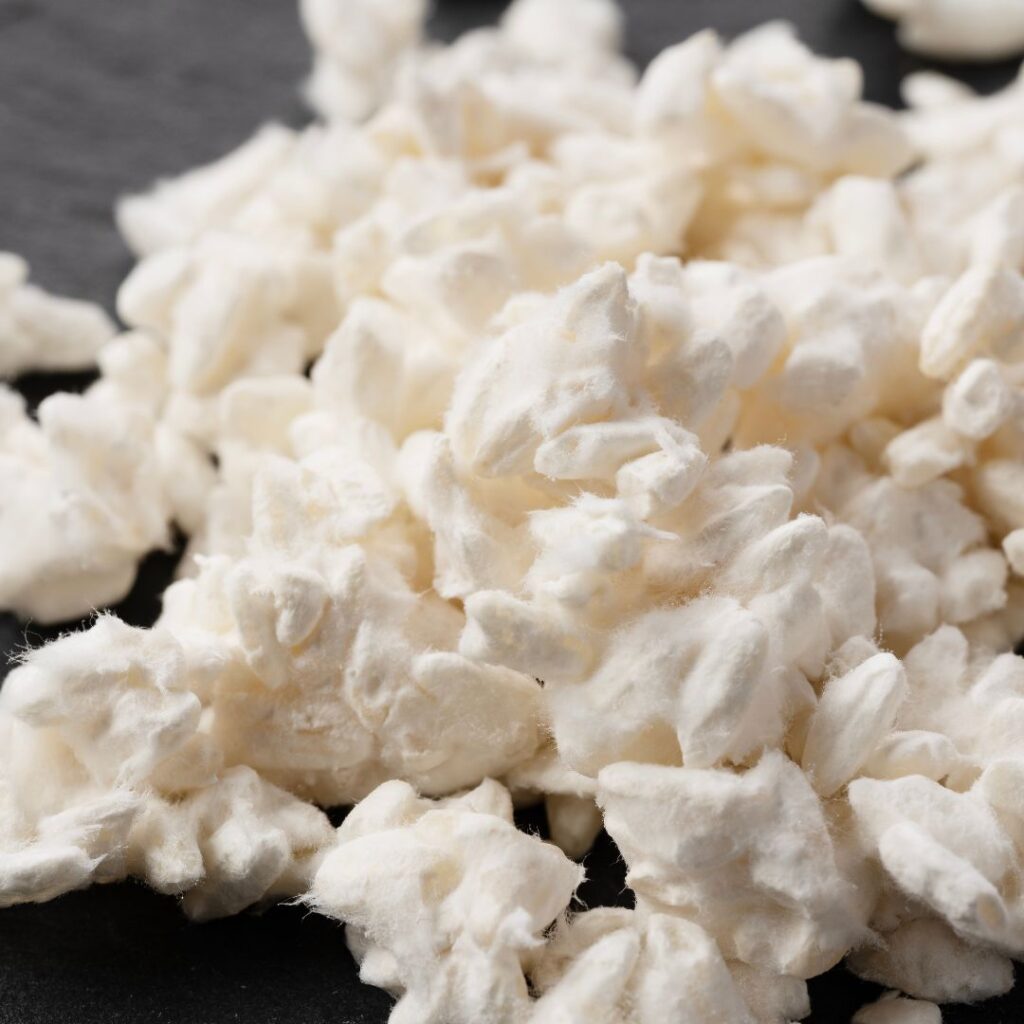


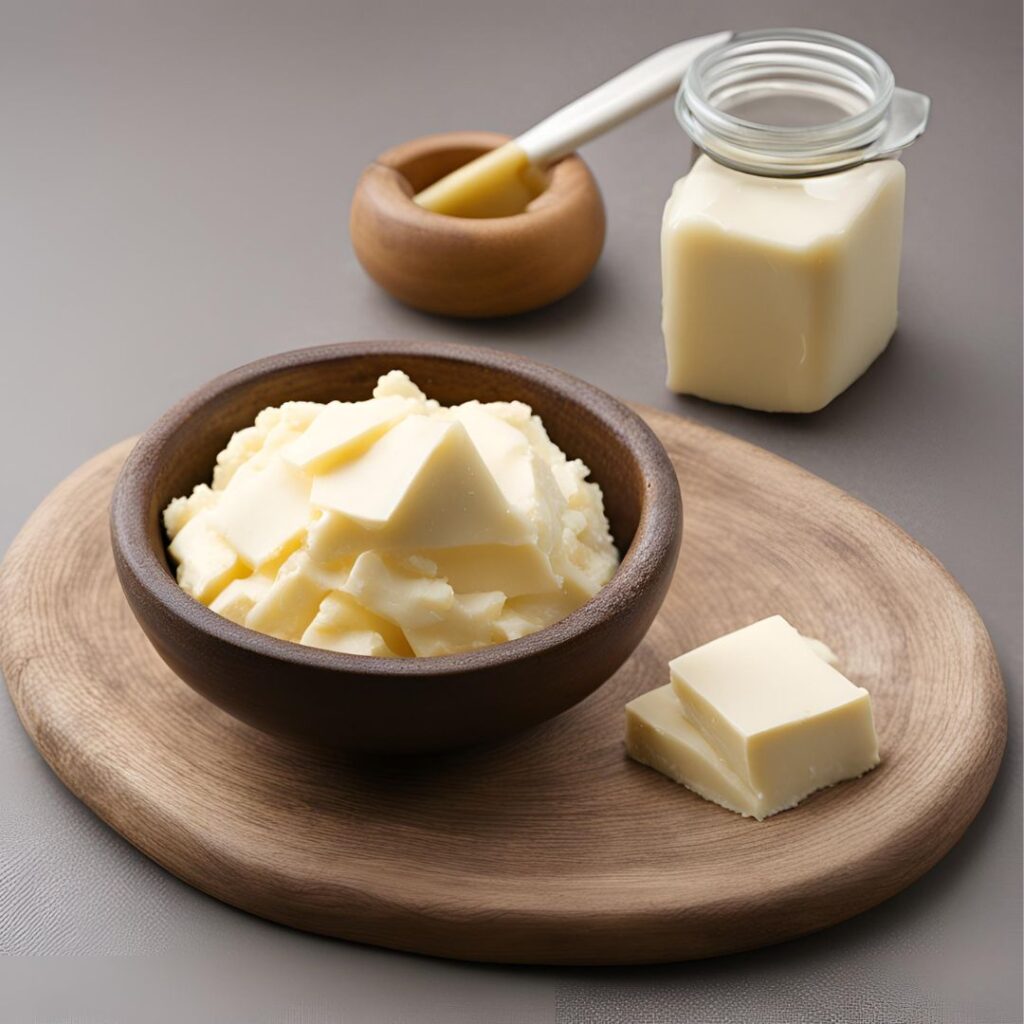
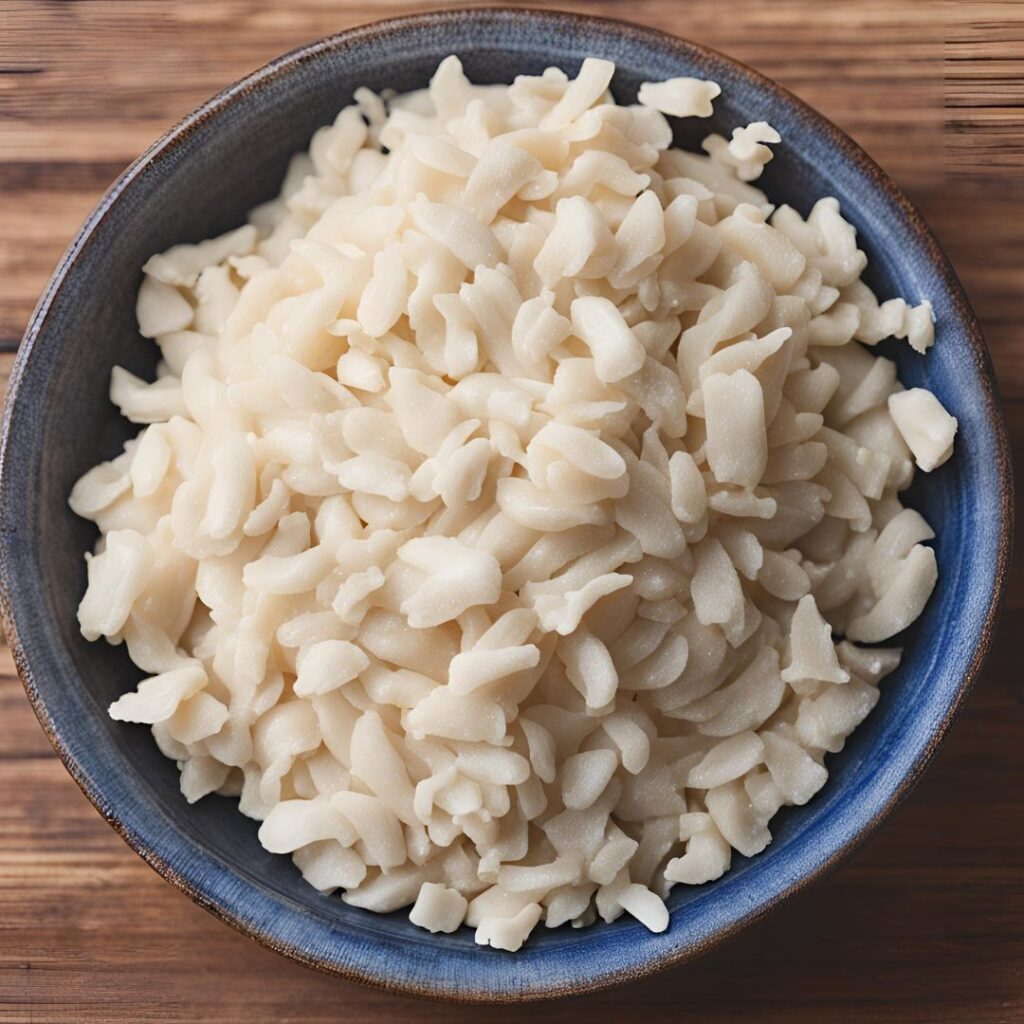
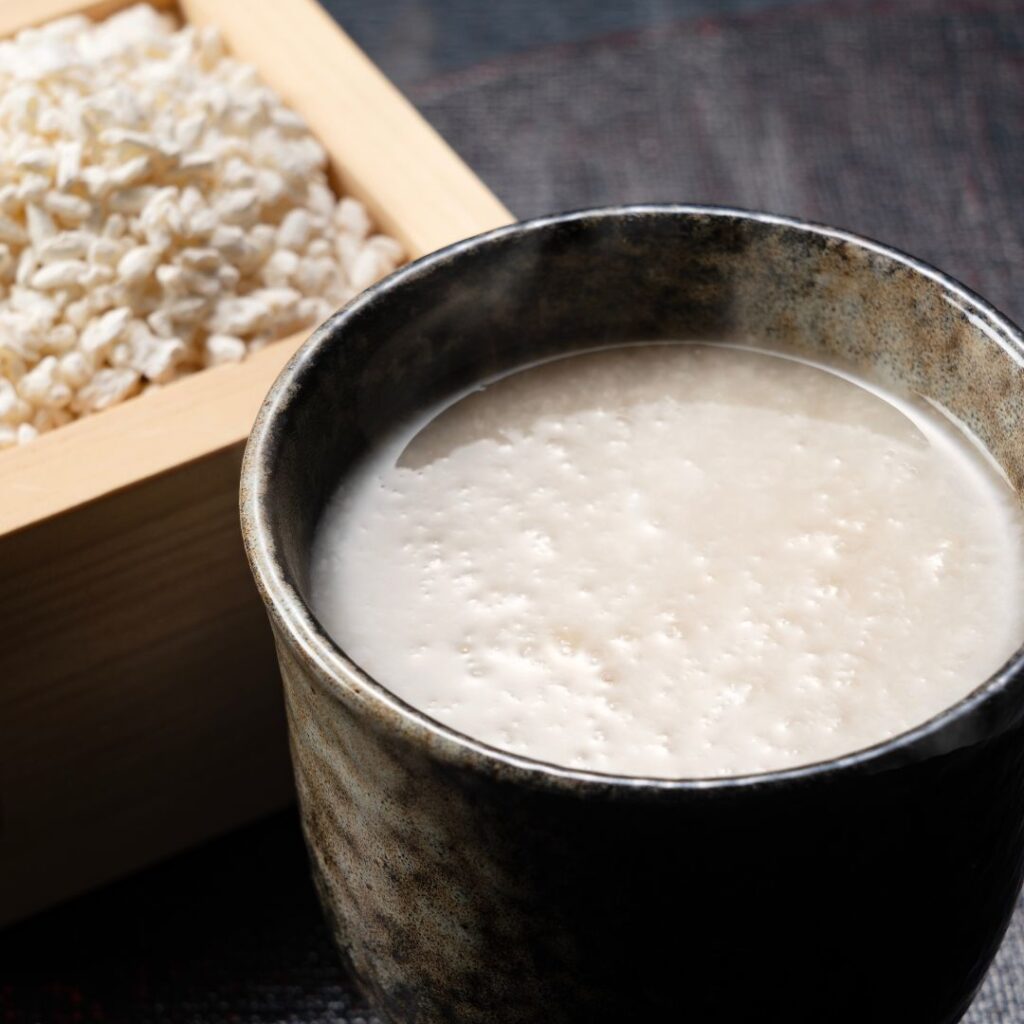
Konnichiwa! (Hello!) I'm Pat Tokuyama, a Japanese tofu cookbook author, who travels for music, food, and adventure. If you like Japanese tea, checkout some of the newestorganic japanese tea, matcha bowls and noren and more!
** Curious about the Plant Based Japanese Cooking Club? ** Learn more here!